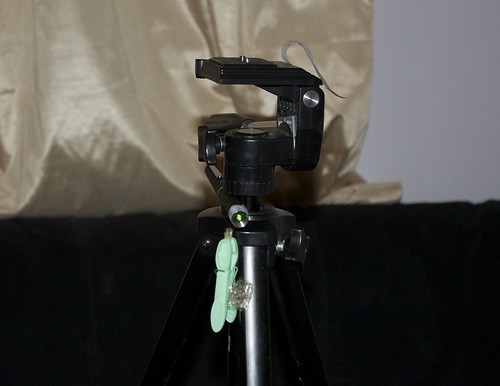There was a little bit of kerfuffle a week or two ago. Apparently some rather well-respected institutions (and the Max Planck Institute) decided to announce they were thinking of launching a journal. Maybe. In a year’s time. With no editor-in-chief and no business plan.
But! This is going to be the best journal ever! And you won’t need to pay to submit! Or read it! And you’ll never have to do a reviewer’s experiment again! and did we say it is going to be top tier?!
Anyway, thanks to a conversation at the day job today with one of my cow-orkers, I think I see where this is heading. Mark Walport, head honcho at the Wellcome Trust (about whom I have only good things to say, by the way), hath decreed that the aforementioned WT shall fund only the best research.
And obviously this new Journal with No Name will publish only the best research.
Which means that Wellcome-funded researchers will publish in this journal, and this journal only—obviously, because this is the best journal, and they are the best researchers.
In this way, the Wellcome stops paying researchers to publish in lesser open impact journals (which it does as a matter of course, and must cost an absolute stink), and instead saves that money by allowing, nay encouraging these excellent researchers to publish in the Wellcome’s own journal, for free. Because they are doing the best science, and this is going to be the best journal. And of course, not needing to do extra pesky experiments means they have time to publish even more papers, making the Journal with No Name even better!
What could possibly go wrong?









